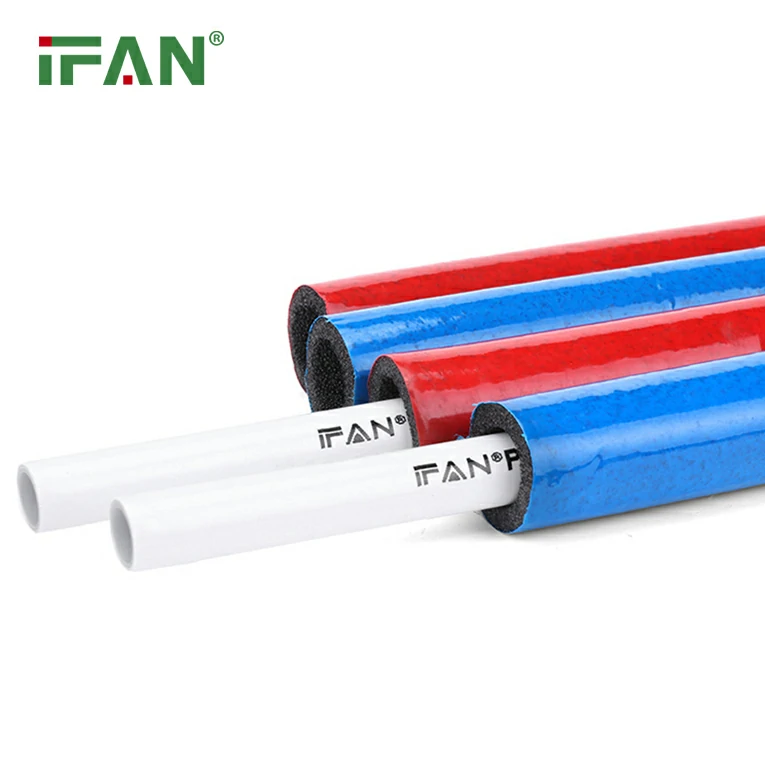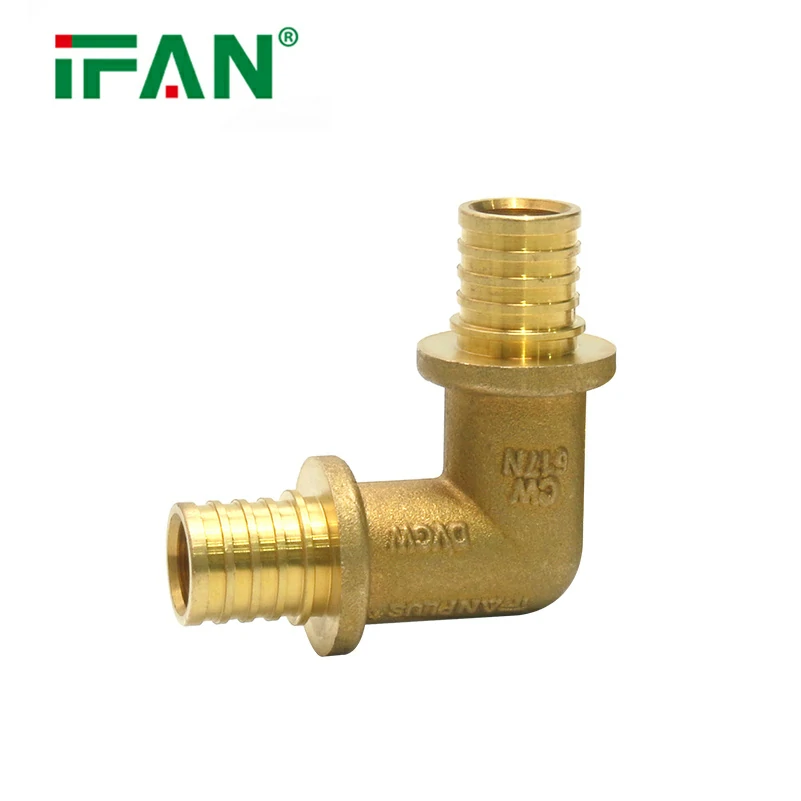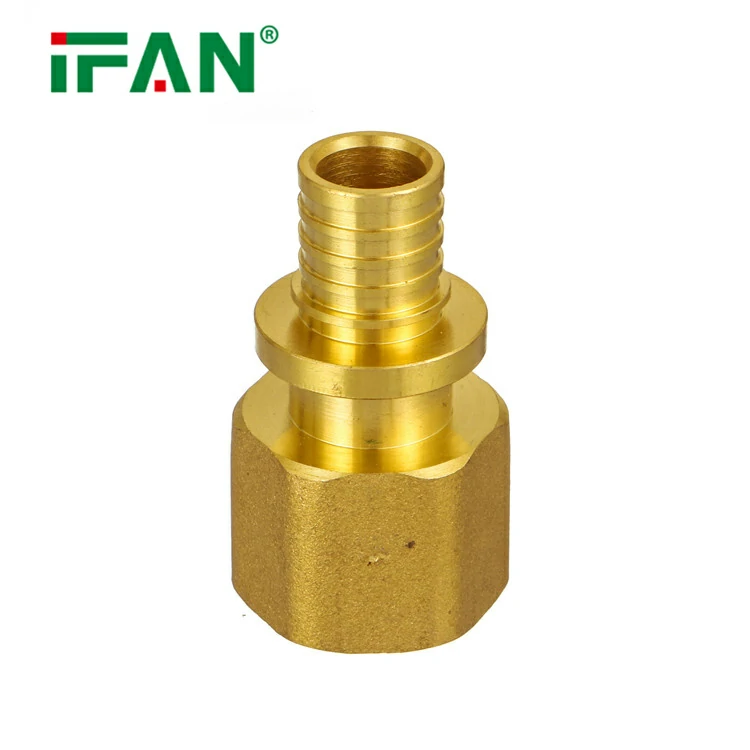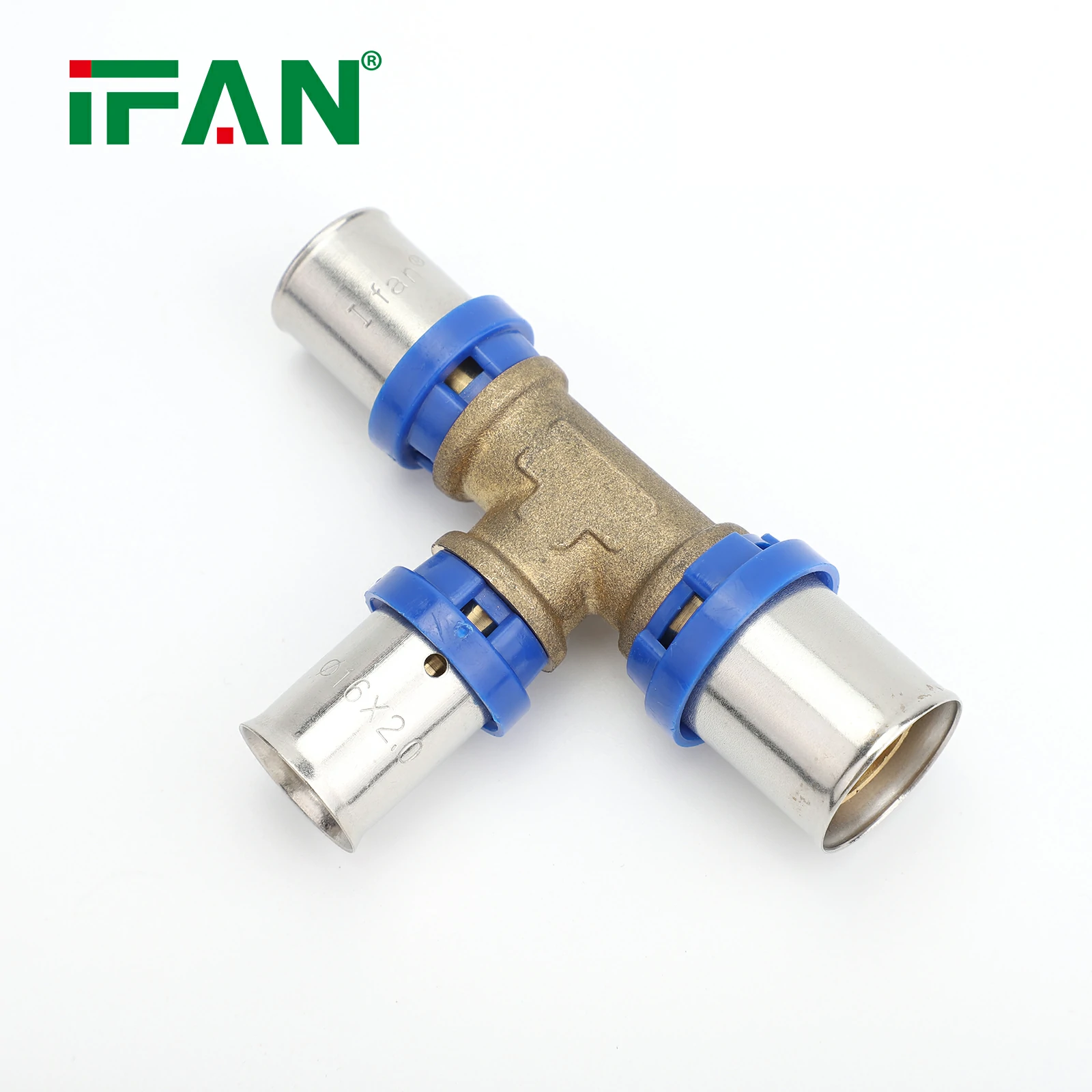Introduction
As the construction industry increasingly focuses on sustainability, green building initiatives have gained momentum worldwide. Among the various materials being embraced for eco-friendly construction, PEX (crosslinked polyethylene) pipes stand out due to their versatility, efficiency, and environmental benefits. This article explores how PEX pipes are integrating into green building initiatives, the market growth they are experiencing, and how they compare to PPR (Polypropylene Random Copolymer) pipes in this context.
Understanding PEX and PPR Pipes
What is PEX?
PEX is a type of flexible plastic piping that is widely used in plumbing and heating systems. It is known for its durability, resistance to corrosion, and ability to withstand high temperatures. PEX pipes are particularly favored in residential plumbing applications and are increasingly being adopted in commercial projects as well.
Advantages of PEX Pipes
- Flexibility: PEX pipes can bend and curve easily, allowing for quick installation and reducing the need for additional fittings.
- Corrosion Resistance: Unlike metal pipes, PEX does not corrode, which extends its lifespan and reduces maintenance costs.
- Energy Efficiency: PEX pipes maintain the temperature of hot water, which can lead to reduced energy consumption and lower utility bills.
- Reduced Noise: PEX has sound-absorbing properties, making it a quieter option compared to traditional metal pipes.
- Eco-Friendly: PEX pipes are recyclable, contributing to sustainability efforts in construction.
What is PPR?
PPR, or Polypropylene Random Copolymer, is another type of plastic piping that is gaining popularity in the plumbing industry. It is known for its durability, chemical resistance, and ability to handle high-pressure systems.
Advantages of PPR Pipes
- Recyclability: PPR pipes are highly recyclable, aligning with the principles of sustainability.
- Chemical Resistance: PPR pipes can withstand a wide range of chemicals, making them suitable for various applications, including potable water systems.
- Long Lifespan: PPR pipes can last for over 50 years, providing excellent value for both residential and commercial applications.
- Thermal Insulation: PPR pipes offer excellent thermal insulation properties, which can lead to increased energy efficiency in hot water systems.
- Cost-Effectiveness: Although the initial costs may be slightly higher than PEX, their longevity and low maintenance requirements make them a cost-effective choice over time.
The Role of PEX Pipes in Green Building Initiatives
1. Sustainability and Environmental Impact
As the construction industry shifts towards more sustainable practices, PEX pipes are being recognized for their eco-friendly attributes. The production and installation of PEX pipes require less energy compared to traditional materials, contributing to a lower carbon footprint. Additionally, PEX pipes can be recycled, reducing waste in landfills.
2. Water Efficiency
Water conservation is a key component of green building initiatives. PEX pipes are designed to minimize water loss through leaks and maintain the temperature of water, which reduces the energy required for heating. This efficiency not only conserves water but also lowers utility costs for homeowners and businesses.
3. Ease of Installation
The flexibility and lightweight nature of PEX pipes make them easier and faster to install compared to rigid piping materials. This leads to reduced labor costs and shorter construction timelines, which are critical factors in green building projects.
4. Compliance with Green Building Standards
Many green building certification programs, such as LEED (Leadership in Energy and Environmental Design), encourage the use of materials that promote sustainability. PEX pipes meet several criteria set by these programs, making them a preferred choice for eco-conscious builders and architects.
5. Health and Safety
PEX pipes do not leach harmful chemicals into the water supply, unlike some traditional materials. This aspect is crucial for ensuring safe drinking water, aligning with the health and safety goals of green building initiatives.
Market Growth of PEX Pipes

1. Increasing Demand for Green Buildings
The global push towards sustainable construction is driving the demand for PEX pipes. As more builders and contractors adopt green practices, the market for PEX is expected to grow significantly over the next decade. According to market research, the PEX pipe market is projected to reach USD 3.5 billion by 2032, growing at a CAGR of 6.5% from 2024 to 2032.
2. Government Regulations and Incentives
Governments worldwide are implementing regulations and incentives to promote green building practices. These initiatives often include tax credits, grants, and rebates for using sustainable materials like PEX. Such policies are expected to fuel the growth of the PEX pipe market.
3. Technological Advancements
Innovations in PEX technology, such as improved resistance to temperature fluctuations and enhanced durability, are making PEX pipes even more appealing for green building projects. These advancements are likely to attract more contractors and builders to choose PEX over traditional piping materials.
4. Rising Awareness of Sustainable Practices
As awareness of environmental issues grows, more consumers are seeking sustainable building solutions. This shift in consumer preference is leading to increased demand for PEX pipes, as homeowners and businesses look to reduce their environmental impact.
5. Regional Growth Trends
The PEX pipe market is witnessing significant growth in various regions, particularly in North America and Europe. The increasing emphasis on sustainability in these regions is driving the adoption of PEX pipes in both residential and commercial construction projects.
PEX vs. PPR Pipes: A Comparative Analysis in Green Building
While both PEX and PPR pipes offer unique advantages, they cater to different needs within the green building sector. Here’s a comparative analysis of PEX and PPR pipes based on various parameters:
1. Material Composition and Environmental Impact
- PEX: Made from cross-linked polyethylene, PEX pipes are flexible and recyclable, contributing to sustainability efforts.
- PPR: Made from polypropylene, PPR pipes are also recyclable and resistant to chemicals, but they are less flexible than PEX.
2. Installation and Labor Costs
- PEX: The flexibility of PEX allows for faster installation, reducing labor costs and construction time.
- PPR: PPR pipes require more fittings and are less flexible, which can lead to longer installation times.
3. Durability and Longevity
- PEX: PEX pipes are durable and resistant to corrosion, but they may be affected by UV exposure if not properly protected.
- PPR: PPR pipes have a longer lifespan, often exceeding 50 years, making them a reliable choice for long-term applications.
4. Thermal Efficiency
- PEX: PEX pipes provide excellent thermal insulation, helping to maintain the temperature of hot water and reducing energy costs.
- PPR: PPR pipes also offer good thermal insulation, but PEX has a slight edge in maintaining water temperature.
5. Cost-Effectiveness
- PEX: While the initial costs may be similar to PPR, the long-term savings associated with reduced maintenance and installation time make PEX a cost-effective choice.
- PPR: PPR pipes may have higher initial costs, but their longevity and low maintenance requirements can lead to cost savings over time.
Conclusion
The integration of PEX pipes into green building initiatives is fueling significant market growth. As builders and consumers increasingly prioritize sustainability, PEX pipes are becoming a preferred choice due to their flexibility, durability, and eco-friendly attributes. While PPR pipes also offer valuable benefits, the unique advantages of PEX in terms of installation efficiency and environmental impact position it as a leader in the evolving landscape of sustainable construction. As the market continues to grow, both PEX and PPR pipes will play essential roles in shaping the future of plumbing and building practices.
Frequently Asked Questions (FAQs)
1. What are the main benefits of using PEX pipes in green building initiatives?
PEX pipes offer flexibility, corrosion resistance, energy efficiency, reduced noise, and recyclability, making them ideal for sustainable construction.
2. How do PEX pipes compare to PPR pipes?
While both PEX and PPR pipes are durable and recyclable, PEX offers greater flexibility and ease of installation, while PPR is known for its longevity and chemical resistance.
3. Are PEX pipes safe for drinking water?
Yes, PEX pipes do not leach harmful chemicals into the water supply, making them safe for drinking water applications.
4. What factors are driving the growth of the PEX pipe market?
The growth of the PEX pipe market is driven by increasing demand for green buildings, government regulations promoting sustainability, technological advancements, and rising consumer awareness.
5. Can PEX pipes be recycled?
Yes, PEX pipes are recyclable, which contributes to their appeal in green building initiatives and helps reduce environmental impact.






